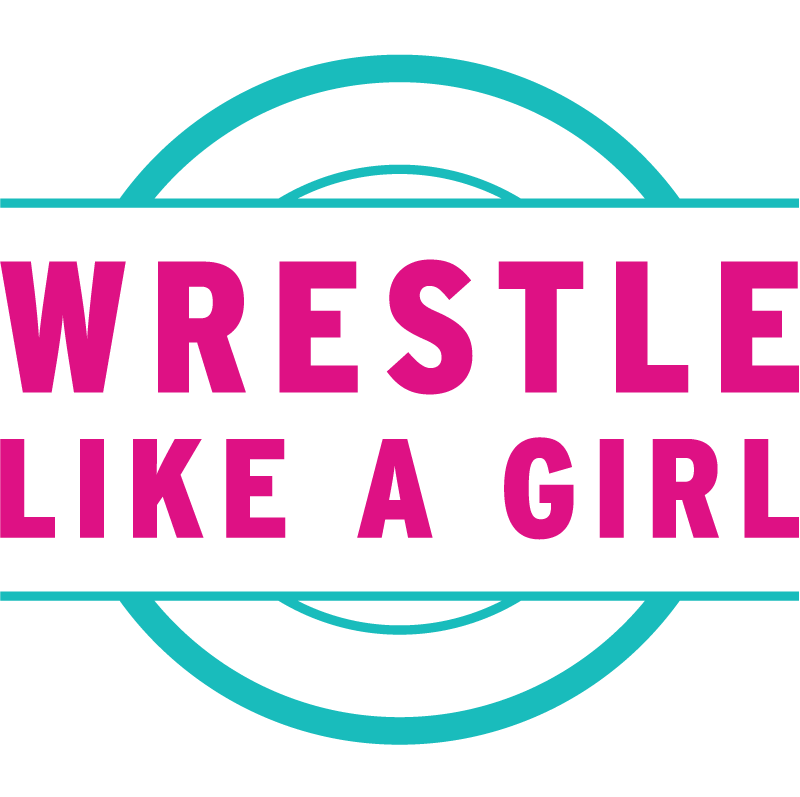Getting Started - Recruiting, Logistics, and Gear
Begin with the basics, take it one step at a time, and stay flexible.
VIDEO: Coach Everard on Building a Girl’s Program
Get support from your AD & school board by developing a proposal like SanctionPA.
Recruiting: Invite every girl to your first girls’ team through fliers, invitations, and meetings. You are opening a door for them to be history makers!
Starting a Girls Program & One Courageous Girl by USA Wrestling High School Development Committee Co-Chairs Joan Fulp and Andrea Yamamoto.
How to Recruit Girls - Advice from Trent Kroll.
Recruiting Webinar - LuchaFit speaks with Coach Kroll and Yamamoto.
Support and educate girls’ parents using meetings and resources. Parents of girls new to wrestling may have questions and concerns:
Demonstrate to them you care about their daughters.
Answer all the questions they might have.
What concerns would you have as a parent?
Discuss your role as the coach and their avenues to communicate with you.
Sell the lessons learned through wrestling: self-defense, confidence, work ethic, family, etc.
Highlight post-graduation opportunities (financial and educational).
WLAG Guide for Parent and Athletes outlines information for families new to wrestling.
Choose coed or girls vs. girls practices and competition.
Can additional wrestlers practice safely in your wrestling room?
Devise a plan if your room is stretched to its limits.
Who travels with the team?
Does your staff get split during the season, or do you put in extra work to recruit additional staff?
Will you have a shared budget? Shared boosters?
Separate parent meeting?
Recruit a female coach or mentor. If an experienced women wrestler is available, bring her on immediately. With the relatively small number of ex-female wrestlers relative to males, this may seem like an insurmountable obstacle, however, with creativity, there are many options. Consider recruiting the following:
Great coaches from other sports in the building...an untapped area!
Women with a background in martial arts, judo or boxing.
Women with youth wrestling experience.
Women from a “wrestling family.”
A motivated parent.
Mentor them, give them leadership roles, and help them grow as a coach - they are not just here to weigh in females or hand out tampons.
Educate yourself on diversity and inclusion: Recognize that minority girls are fighting multiple battles. Make your wrestling room a haven for your girls.
Become a mentor or an ally.
Be clear with your team about expectations around inclusivity and respect.
Make certain that people of all backgrounds are represented in the posters you have in your room and the wrestling film you watch with your team.
Educational and vocational opportunities are a major part of wrestling for non-white wrestlers. Wrestling has the second-highest rate of first-generation college students; this is particularly relevant to minority populations.
#ThisIsWhatAWrestlerLooksLike is a campaign developed by Junior World Champion, Maya Nelson, showing diversity in the sport of wrestling.
Gear
Make sure you know the current NFHS Rules.
Consider guidelines for practice attire for a coed team.
Girls cut singlets are ideal. Other options include two-piece singlets or a compression top under a singlet.
What to wear under singlets:
High neck or high cut sports bras are highly recommended.
Access to sports bras might be a barrier for female athletes from low socioeconomic backgrounds. How can you minimize this barrier?
Underwear: Seamless, non-patterned underwear or compression shorts are ideal. Avoid textured or lace underwear. Compression shorts are commonly worn during menstrual cycles for added protection and comfort.
Sports hijabs are available for wrestlers who require head coverings.
Medkit additions: include tampons of varying sizes, pads, and hair ties. Other potentially useful gear to bring to tournaments include extra singlet, sports bra, and compression shorts.
Review and edit your team rules, standards, and practices. Make sure they apply equally to a coed team.
Use language and communication that is inclusive for every student in your wrestling room.
Use language that is inclusive of wrestlers regardless of their sex, gender, race, ethnicity, sexual orientation, or ability.
Don’t use slurs that degrade females or minority populations.
Wrestling is the greatest sport because, by nature, it is inclusive. Coaches are charged with maintaining an inclusive culture.
Get your current team members and parents involved in supporting the new girls team.
Partner Handshake Method sets clear expectations and communication around who wrestles whom. Minute 3:20 of Video
Representation matters on all your communication platforms:
Make sure social media and school communication platforms are representative of the diversity of your team.
Publish records and accomplishments on your wrestling room walls of males and females.
Don’t forget the school yearbook!
Resources
Wrestle Like a Girl
How to Coach and Recruit Girls an excerpt from the state sanctioning informational document
How to Recruit Girls - Advice from Trent Kroll
WLAG Guide for Athletes and Parent - Information for new wrestling families
Minute 3:20 of Video Partner Handshake Method described by Coach Katie Kriebel
USA Wrestling
Starting a Girls Program from USAW High School Development Committee Co-Chairs Joan Fulp and Andrea Yamamoto
One Courageous Girl from USAW High School Development Committee Co-Chairs Joan Fulp and Andrea Yamamoto
USA Wrestling Article on Sports Hijabs can be purchased here
LuchaFit
Recruiting Webinar - LuchaFit speaks with Coach Kroll and Yamamoto

